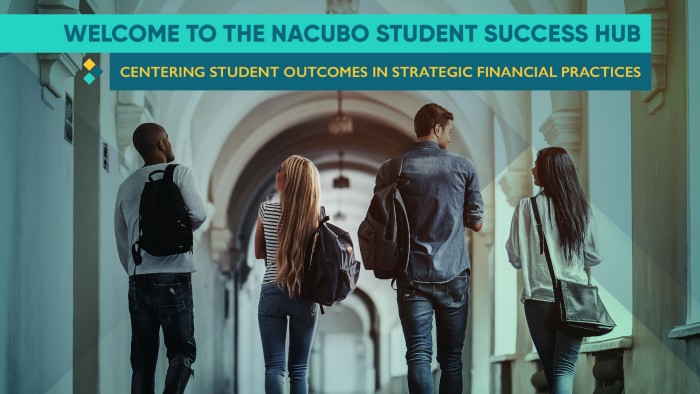
Postsecondary Education and Workforce Training Trends We’re Watching in 2024

At Ascendium, we know that our ability to make a meaningful impact requires monitoring developments in postsecondary education and workforce training. Shifts in the economy, learner needs, workforce demands, and state and federal policies requires a proactive yet reflective approach. We look to our partners, in particular, to assist us in tracking and understanding the emerging areas of need and opportunity within these evolving contexts. With the aim of changing postsecondary education and workforce training systems so that learners from low-income backgrounds have equitable opportunities for academic and career success, we can then apply these insights to strategically allocate resources, tailor interventions, and scale innovative solutions.
As we refine our grantmaking in 2024, we’ll be monitoring three trends in the postsecondary education and workforce training fields.
Trend #1: An influx of federal funding = new workforce training opportunities for newly created jobs.
The Build Back Better framework, introduced by President Biden in 2021, represented significant federal investment in states and localities. When fully enacted, it is expected to produce millions of new jobs in areas such as green energy and infrastructure. As a result, the Biden administration promised to increase the U.S. Department of Labor’s annual spending on workforce development by 50% for each of the next five years. For funders invested in helping learners from low-income backgrounds achieve upward mobility through postsecondary education and workforce training, this has triggered both excitement and new questions. How can we use our role as a research and development space for good ideas to best leverage this new funding? Who will provide the training required to prepare that workforce? How can we ensure that training is accessible to those who could most benefit from access to those good jobs?
Trend #2: In state policy, increased attention to aligning education with the workforce.
In 2023, we saw efforts from policymakers in several states to strengthen alignment between postsecondary education and local labor demands. To get a clearer picture of supply and demand, multiple stakeholders worked together to create options aligned with good jobs in their regions. Here are two examples.
- Implementation of California’s five-point action plan, which aims to expand the state’s number of apprentices to 500,000 by 2029. Employers, educators, labor representatives, and community groups collaborated on the plan to offer training and create viable career pathways for the state’s learners.
- Texas House Bill 8, which was signed into law in June 2023. This legislation brought legislators, community college leaders, and employers together, paving the way for an innovative new model for funding community colleges on an outcomes-based approach. This model rewards colleges that award degrees, certificates, and other credentials leading to good jobs in in-demand fields, as well as community colleges with successful student transfers to four-year universities.
Trend #3: A continued need for postsecondary education and workforce training delivery models that respond to legitimate concerns about the ROI of college.
A December 2023 report from the National Student Clearinghouse Research Center indicates a resurgence in undergraduate enrollment, primarily fueled by the pursuit of short-term credentials and attendance at community colleges. Notably, adults returning to college and dual-enrolled learners are contributing to this trend. This resurgence, combined with some public skepticism about the value of a traditional college education, suggests that what learners want and need in this economy is more targeted workforce training. Institutions, especially community colleges, must adapt by devising and implementing flexible models that cater to individuals seeking effective pathways to secure employment.
One significant opportunity in this context is dual enrollment, which plays a pivotal role in the expansion of community college enrollment. This approach has the potential to expedite the transition of many learners into promising careers. Policy may force some colleges to shorten the time required to complete postsecondary credentials through models like dual enrollment, with Texas as a prominent example. However, other colleges are doing this work because they know that, by more directly aligning their programs with the local workforce, they’re responding to the needs of their communities.
For many learners, innovations such as hybrid workforce/college models, dual enrollment/dual degree programs, accelerated academic terms, and online learning can make earning a credential both more affordable and accessible. We’ll be watching for opportunities to help identify and test the most promising approaches to strengthen the connection between learning and jobs, all while providing meaningful support to help learners find good jobs.
Want to learn more about Ascendium’s approach to grantmaking? Check out our How We Fund page.


